#sexuality in film
Text
Film History: Pre-code films
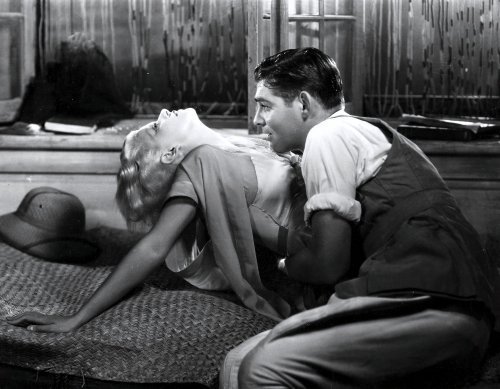
The pre-code era represented a radical change in the role of women in cinema. Undoubtedly, the new female protagonism was not attributable to a sudden interest in the figure of women in society, nor by the search for equality, not even by a current of socio-cultural thought that sought renewal, in this regard , of the American arts.
The studios simply used women to find enough sensationalism, morbidity and scandal to bring more audiences to theaters. It is evident that, despite the fact that economic gain was sought more than artistic quality, the end result was that many actresses became real movie stars, gaining a prominence, in many cases, greater than that given to male roles , and even, as we will see later, an actress even saved a major studio from bankruptcy.
There were many films that directly or indirectly addressed issues related to adultery, although perhaps it was the Metro Goldwyn Mayer film "The Divorcee" from 1930, the first to address the issue directly, creating a stir among the most popular conservative sector of American society.
The protagonist (Norma Shearer), deceived by her husband, decides to take revenge by sleeping with her best friend. Her performance earned her an Oscar. Curiously, this film was produced by Irving Thalberg, promoter of the first code and one of the most interesting characters in Hollywood of those years.
Returning to what the film's premiere meant at that time, there were two details that triggered the outrage of the "conservative sector"; firstly, that it was precisely one of the authors of the code who produced a film that openly violated it and, secondly, that the attitude adopted by the character of Shearer was certainly shameless and seemed to convey the following message: "if a man can be unfaithful why shouldn’t a woman flirt with whoever she wants.” Of course, after being divorced and conquering man after man, she regretted that behavior and returned to her husband, whom she had never stopped loving.
Norma Shearer herself, again produced by her husband, would soon release "A free soul", 1931. This film tells how the daughter of an important lawyer begins an intense sexual relationship with a gangster played by Clark Gable (in which what would be his first major role). Another twist on what, according to the code, should not be shown in the movies.
Also in 1931 would be released "Night Nurse", a classic film of the pre-code era, with gangsters, and a sexuality that floods the entire film with numerous scenes in which nurses appear in underwear.
But the most relevant thing about "Night Nurse", apart from serving as an example of a pre-code film, is that it was one of the first leading roles of the great Barbara Stanwick. Actress full of strength, talent and charisma, she was undoubtedly the most important Hollywood star of those early 30's. Before “Night Nurse” she had already shot “Illicit” 1931 (Illicit) and “Ladies of Leisure” 1930 (Light Women ) her first film with Frank Capra, with whom she would be very prolific during the 1930s and 1940s. Her enormous versatility led her to appear in genres as diverse as comedy, western, melodrama or film noir.
Apart from Capra, she worked for the best directors of the time; Howard Hawks, Cecil B. de Mille or Fritz Lang were lucky to have her in some of their casts. In 1933 she would participate in "Baby face" (Angel's Face) undoubtedly one of the most extravagant and lascivious films of the pre-code era. In it we are introduced to a licentious, sordid Barbara Stanwyck full of strength and determination.
The film shows us how a woman uses her sexuality to achieve a higher social status by cajoling increasingly important men. The message she conveyed left no room for doubt: women can manipulate men with sex and be successful in life. Although it is also true that the ending serves as redemption for the character, she has to choose between money and love and she already knows what truly makes her happy ...
One of the actresses who stood out especially in the pre-code era for her sensuality and daringness was Mae West, considered the first sex symbol and fatal woman in the history of cinema. In 1932, she appeared in the film "Night after Night", by Archie L. Mayo. After this film Mae West became a comedian with a very characteristic humor that gave her the rank of star thanks to an adaptation of her theatrical hit "Diamond Lil" entitled "Lady Lou" (1933).
She enjoyed enormous decision-making power in the films in which she participated; She was a set designer, a screenwriter, and she also chose her co-stars. Provocative, confident of herself and her showmanship, she was surely the most influential actress in Hollywood in a long time. It was she who avoided the bankruptcy of Paramount, discovered a very young Cary Grant and also, charging for all this more than any of the actresses of that time, was the highest paid actress. In 1933 she premiered "I'm no Angel (I'm not an angel), along with Cary Grant and directed by Wesley Ruggles. Endowed with an undeniable gift for comedy and, especially, for double entendres she was the author of phrases that are already part of the history of cinema such as:
"Do you have a gun in your pocket or are you glad to see me?"
"I believe in censorship, after all, I have made a fortune at its expense."
"When I have to choose between two temptations I always choose the one that I have never tried."
"When I am good, I am very good, but when I am bad, I am better."
#film history#precode films#hollywoody#hollywood history#american film#mae west#barbra stanwick#sexuality in film#censorship#film censorship#film and censorship#film#movies#filmista
38 notes
·
View notes
Text



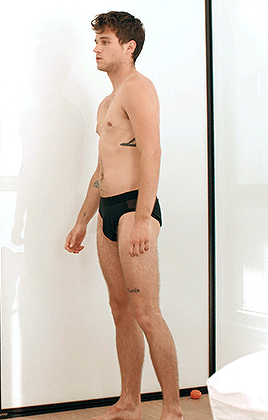
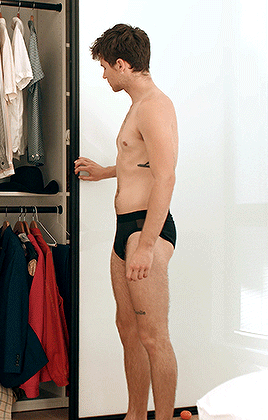
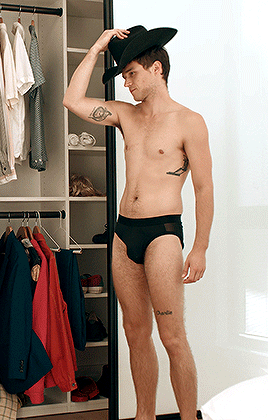
BRANDON FLYNN
"Sexuality" Who Am I? (2024) by Johanna Block
#brandon flynn#brandonflynnedit#who am I film#sexuality#filmedit#actor#men#menedit#guys#shirtless#mancandykings#mensource#dailymenedit#gifs#mine#*
1K notes
·
View notes
Text
Was I the only person who felt uncomfortable while watching Poor Things? The movie about a child who is new to the world and is being exploited by men the whole time?
Am I the only one who thinks a man shouldn’t be directing this sort of film? It very much seemed like a man’s idea of women’s sexuality and liberation because it was so far removed from the realities that women experience (e.g. periods, birth control and issues around consent).
As Angelica Bastian said, “there’s a corroded spirit to the story, like it’s intermittently possessed by an edgelord who’s unaware most women menstruate, and an early-wave white feminist who believes having sex is the most empowering thing a woman can do. (For all the fucking, there is no menstrual blood!) In many ways, the film demonstrates the limits of the modern cis-male auteur’s vision for and about women — particularly their sexual selves.”
Please, to the critics of poor things, tell me I’m not alone in my discomfort.
#costume and set design were top tier though#poor things#emma stone#a child is being sexually used in this film but we’re all meant to be ok with it bc she likes it so it’s feminist???#film#oscars 2024#oscars#feminism#white feminism#liberal feminism#yorgos lanthimos
232 notes
·
View notes
Text
Finally watched Blue Eye Samurai and damn, this show really is everything everyone's been saying. But also man, it's really making me think how much I wish non-animated shows focused on visuals. With everything being nearly-fully CGI, why do movies and shows have to look so... boring? If a friend group with a 90s camcorder can do it, why can't Disney (check out GGLS btw)? Idk, just frustrates me. Anyway, here's this show being eye candy.





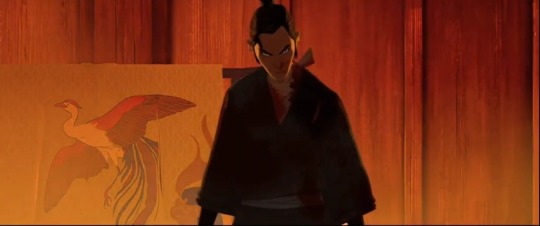
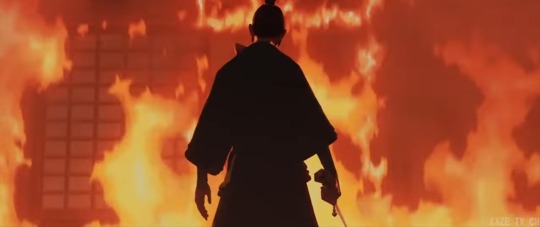
#GGLS is Green Goblin's Last Stand#legit for a film made by friends with pocket change it has some seriously impressive cinematography sometimes#blue eye samurai#mizu blue eye samurai#also MAN i love how they handle disabilities in the show#i cant speak for the amputee rep but as someone with speech impediments (stammer and a lisp) i adore the way they approached it#like “mind works so fast mouth can't keep up” is literally something i use to explain my stammer#and then portraying it not only as something undeserving of hate but also as beautiful and worth love/sexual desire?#man that shit put a giddy lil smile on my face#netflix#animation#mizu#takayoshi blue eye samurai
333 notes
·
View notes
Text
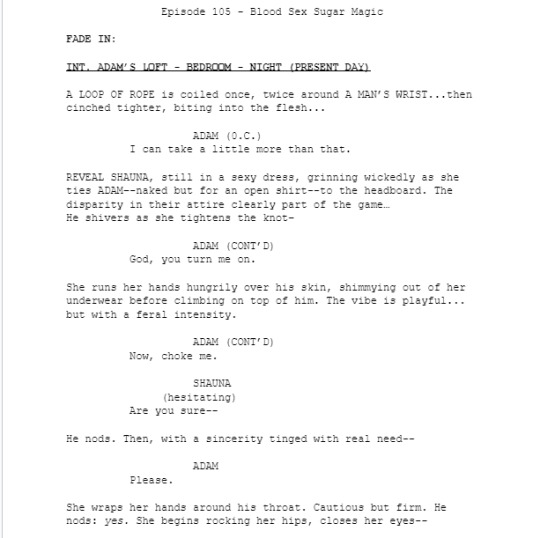
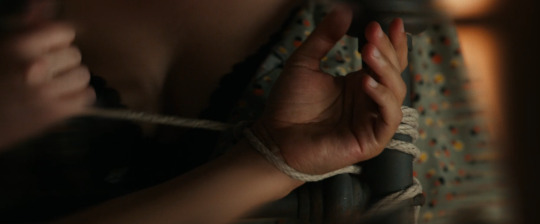
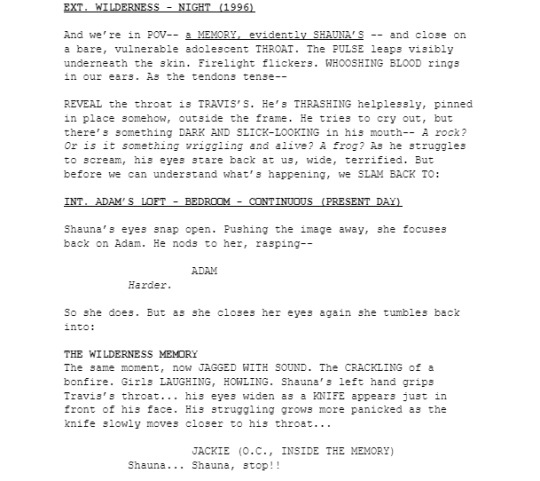
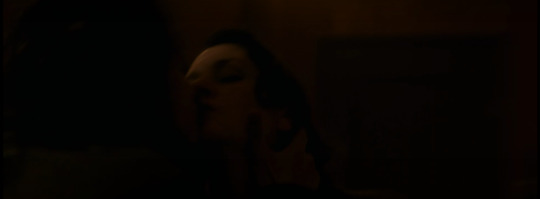



deleted scene from 105 (originally titled blood sex sugar magic); stills from 109 (doomcoming)
#shauna shipman woman that you are#just a friendly reminder that shauna shipman's sexuality is completely inseparable from jackie taylor!!!#they clearly filmed at least PART of this scene and i have a feeling they filmed it all#what i wouldn't do for even a STILL of jackie in the original scene GOD#yellowjackets#jackie taylor#shauna shipman#jackie x shauna
184 notes
·
View notes
Text
On a conscious level, I am aware this trope has deeply problematic implications. Primally, though, it fucks.
#tv tropes#fandoms all#my life#mine#//#Queercoded villains. Femme Fatale. That thing where some signifier of femininity is ripped away to reveal a terrible monster-something.#Perpetuating the myth of ‘’deviancy’’. Demonizing women’s sexuality. Transphobic.#Way more fun than any other character in the film. Smarter than you+badass & loving it. BOSS MOVE QUEEN!
2K notes
·
View notes
Text

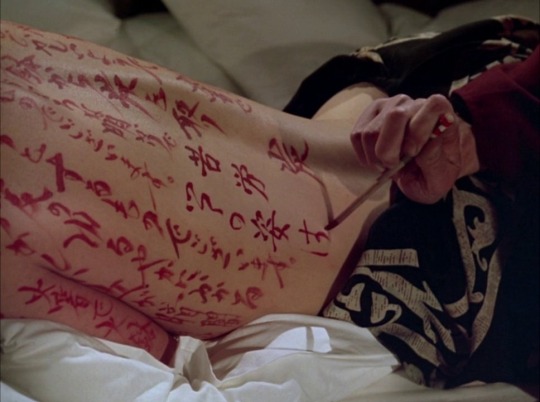
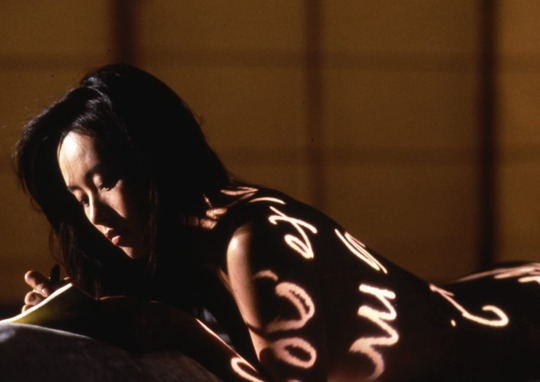

The Pillow Book Directed By: Peter Greenaway (1996)
Maison Martin Margiela was a costume designer for the pillow book, the film tells a woman (Nagiko) with a body writing obsession where ones life story is written or calligraphed on the skin. Nagiko grows up she finds a powerful link between calligraphy, human flesh, poetry, and sexuality.
#the pillow book#1996#peter greenaway#maison martin margiela#sexuality#body#body art#calligraphy#poetry#lovecore#film#stills#japan
1K notes
·
View notes
Text
rewatching big eden w my head in my hands. wheres more media where the surrounding background is so devoid of homophobia/etc that its so chill to just have this quiet gay story w/o a single scene incl them having to justify or explain themselves, or any degree of hatred at them or other gays. n the town is not only chill they're actively trying to help them get together I'm. this aired in 2000 how do we not have. idk. more shit like this truly pretty casual chill regular relationship issues gay media
#txt#big eden#pike learning how to cook for him. pike ily#also not in <- main post bc its sexuality related. but pike being native american n being soft n kind etc like not following shit tropes idk#i wish we got a bit more bout him but w the type of movie and time period it was made i. do still love his character a lot#also i wish we got a side film about the lesbian couple
114 notes
·
View notes
Text
Sometimes avant-garde art films with themes you’re supposed to figure out on your own aren’t actually “bad” & you’re just upset America Ferrera didn’t stand up in the middle of it to explain what the movie is about.
#this is in regards to ‘Poor Things’#people are calling it a Bad Feminist Frankenstein movie#like girl you either didn’t watch it or couldn’t get it#because it involved you using your brain to discern the themes which were right in front of you#don’t call it trash because you were frustrated it didn’t hold you hand#If Poor Things is too hard to understand then start with an easier film#like Barbie movie#films#art#poor things#i loved this#this movie is literally about the female experience#sexuality#bodily autonomy#freedom#exploring the world from girl to woman#the men you encounter from the father to the fuckboy to the abusive asshole you stand up to#it’s right there#emma stone#willam dafoe#mark ruffalo#art film#queue are so beautiful to me
59 notes
·
View notes
Text

Saw post by Atun-Shei reposted on twt (it was posted on ig stories originally)!
Dick Jett is canonically Bisexual! :D Happy Pride Month to Dick :3
#atun-shei films#atun shei films#frozen 50s man#bisexual#lgbtqa#happy pride 🌈#pride month#he is the same sexuality as me!!! bi icon!!!
202 notes
·
View notes